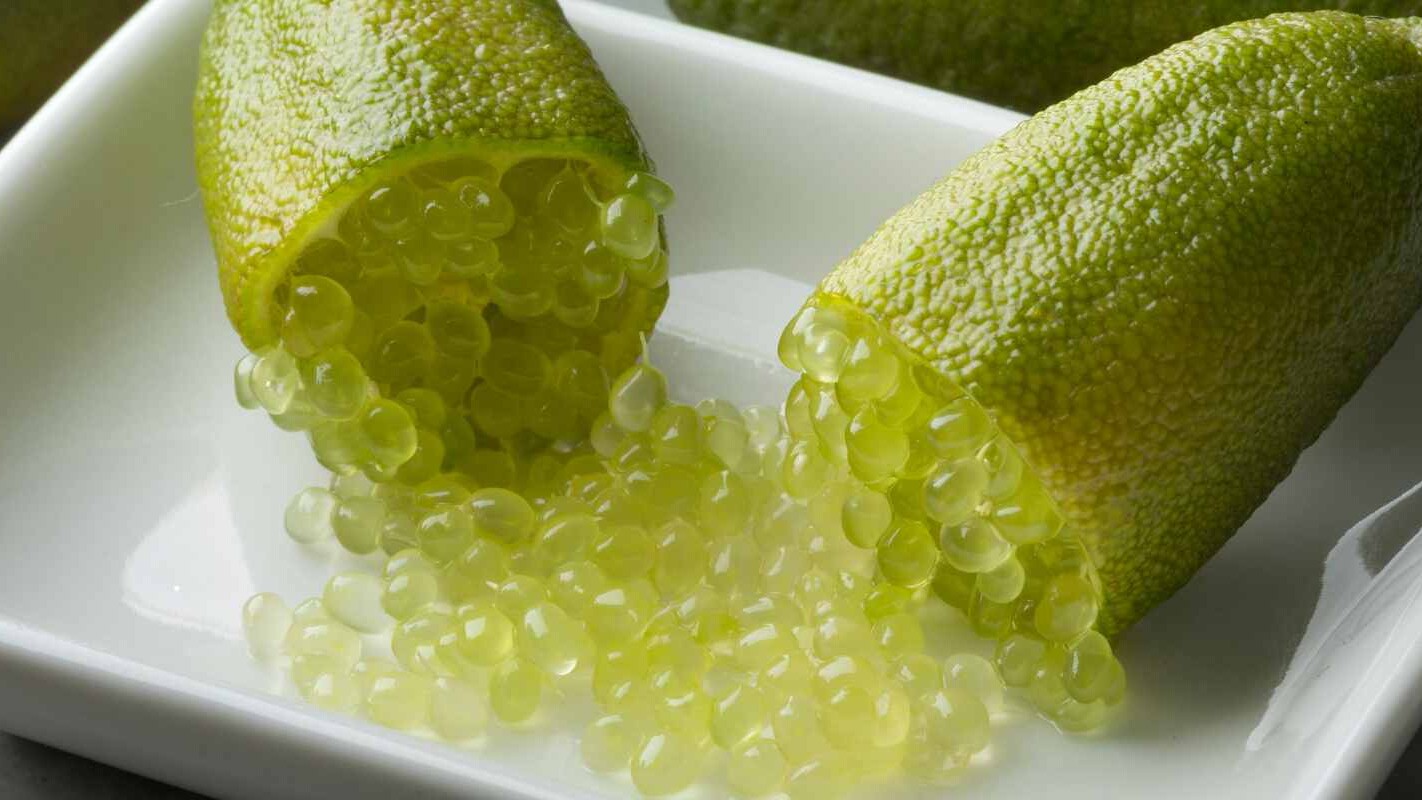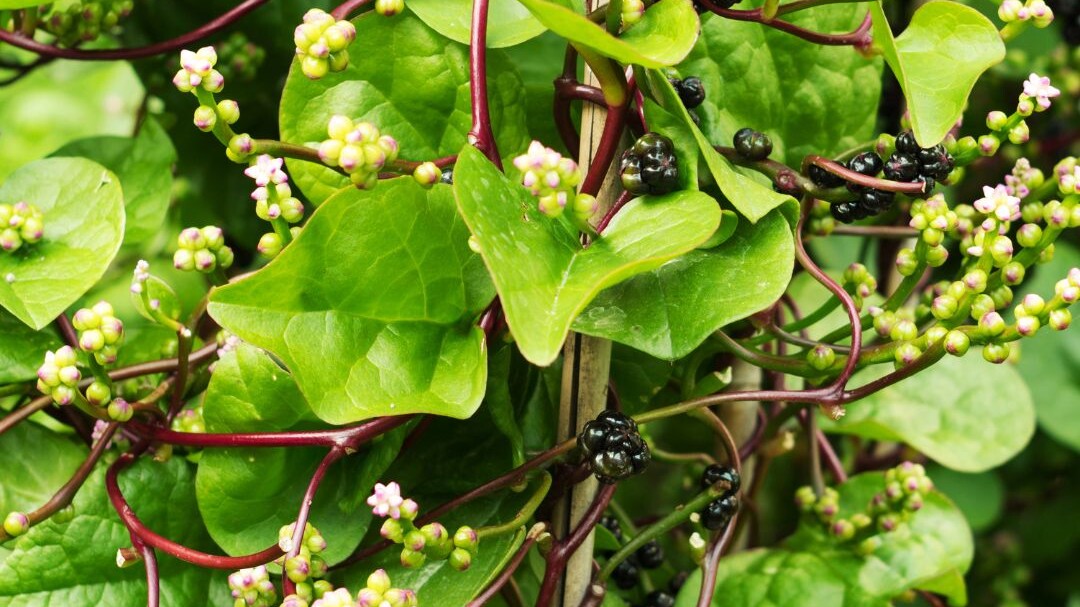If you are after some fodder for your next pub trivia night, this factsheet on pomegranates has it in droves. One of the oldest cultivated fruit trees in the world, the pomegranate has appeared in Greek mythology and hymns dating back to the 7th century BC – a feat not matched by any other berry or fruit. In fact, there are some schools of thought that suggest the pomegranate was in fact the “forbidden fruit” in the Bible, rather than the humble apple. Either way, the pomegranate is a backyard beauty, and a must have in your “Garden of Eden”.
The fruit of the pomegranate is incredibly attractive, but the real winner here is the fleshy seeds inside. Tart, citrusy and incredibly juicy, pomegranate seeds have suddenly become hip again, and have appeared in dishes and desserts from Masterchef to Michelin starred restaurants.
Originating from Persia, Afghanistan and thereabouts, the cultivated pomegranate (Punica granatum) translates as “seeded apple”, but is in fact a true berry…and a tough one at that. A deciduous tree growing to around 5m x 4m, with an attractive, somewhat shrubby habit, the pomegranate will tolerate a range of soils, from lovely and loamy to tough and clayey. Seriously, these things are so easy to grow that everyone should have a go.
Pop your pomegranate in a warm sunny spot where you can enjoy the gorgeous, glossy spring/summer foliage as it changes from red to apple green with the seasons. As long as the tree is protected from any spring frosts it should be fairly trouble-free; pomegranates are extremely cold tolerant and love a hot, dry summer – perfect for growing in your part of the world! In fact, I reckon pomegranates are pretty good in almost all parts of Australia.
Water is important for pomegranates, so prevent from drying out over spring – it will improve growth and fruit set in the long run. Water for the rest of the year can be fairly limited – they don’t need too much, especially not in heavier clay soils.
Don’t be afraid to prune your pomegranates, and this is best done over winter. The idea is to clear out the middle of the tree a bit to prevent over-crowding. Remember though that pomegranates bear their fruit on mature wood, so don’t go too silly with the secateurs.
Oh, if you live in an area that is susceptible to Queensland fruit fly, think about enacting a control program, as these little pests LOVE a pomegranate.
Pomegranates are ready to harvest in autumn to winter, and the secret here is to grab the biggest, brightest fruits first. If picked at the right time, pomegranates can be stored successfully for a couple of months in a dark, cool place or the fridge.
Variety is the spice of life, so, if you are in the hunt for some delicious pomegranates, try these out for size:
Wonderful – Possibly the most popular pomegranate in the world, Wonderful is, simply put, wonderful! Beautiful, medium to large, deep red fruit is borne on a vigourous, attractive tree. The seeds are juicy, sweet, fragrant, and perfect for juicing, eating fresh, and bunging in a recipe.
Gulosha azerbaijani – Ugly fruit, but the flavour of the seeds is something else! This variety produces medium to large sized, slightly elongated fruit with a pinkish hue, but the internal seeds are deep red, large and very juicy.
Gulosha rosavaya – From Russia with love comes this perfect pomegranate – light pink, large sized fruit bears masses of sweet, juicy, slightly acidic seeds that are truly divine.
Elche – A fab little fruit from Spain, Elche produces lovely pink fruit, the seeds of which are bursting with juice. May not be as cold tolerant as other varieties, but give it a go in a warmer spot.
Ben Hur – Purporting to grow fruit to 1.2kg, Ben Hur is a newer variety of Australian bred pomegranate with fruit resembling cricket balls. The seeds are reportedly juicy, sweet and flavoursome…give it a go at your place!
Pictures
Pomegranate flower pic: Elaine Shallue (SGA)
Related Articles:
Finger Limes
The fruit of the Australian finger lime Citrus australasica is sought after by top restaurants around the world. Often described as ‘lime caviar’ for…
Top Productive Perennials
Productive perennials provide solutions to many of today's gardening challenges. Top of the list is that they save time! Perennials don't need to be…


